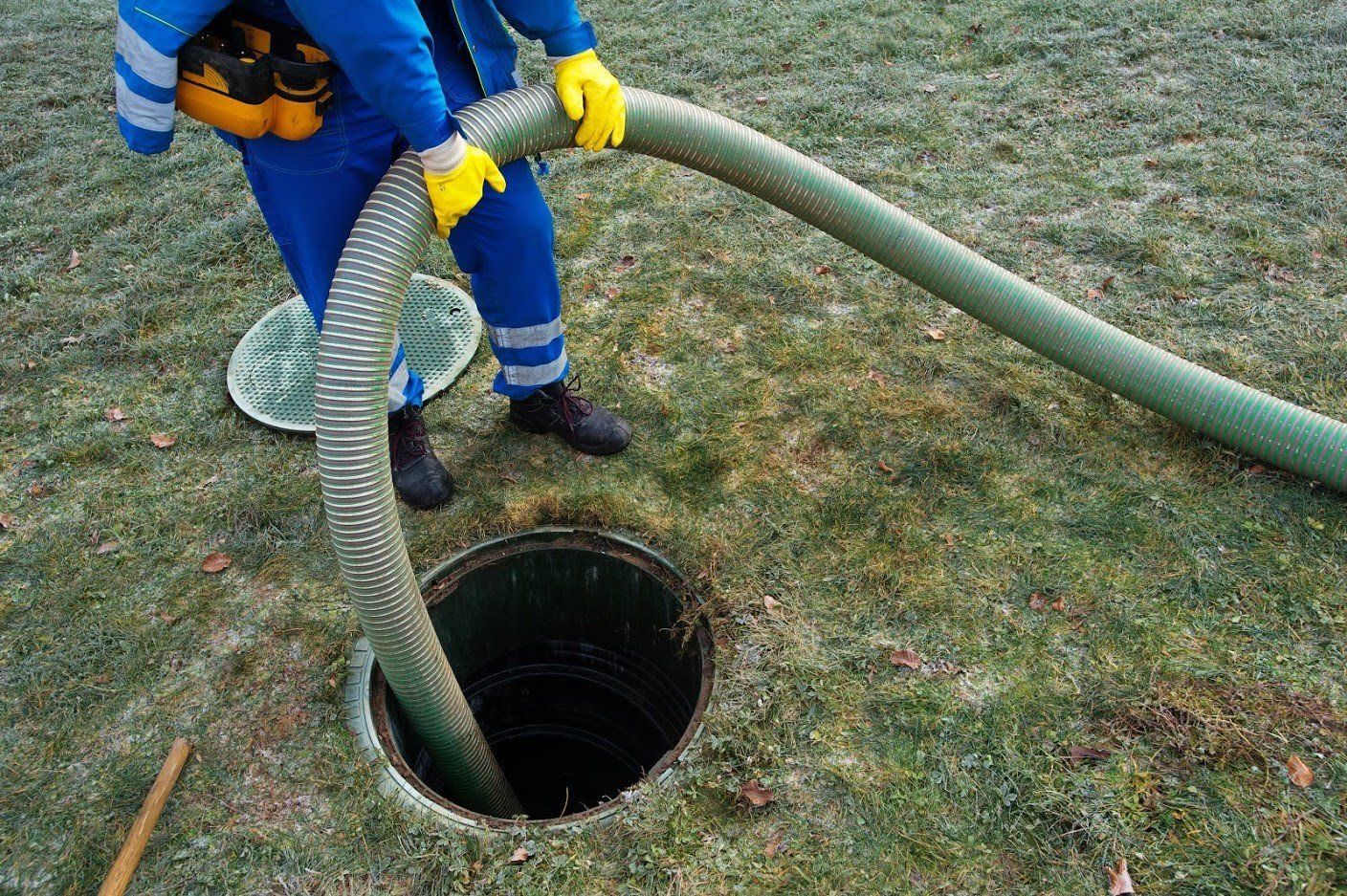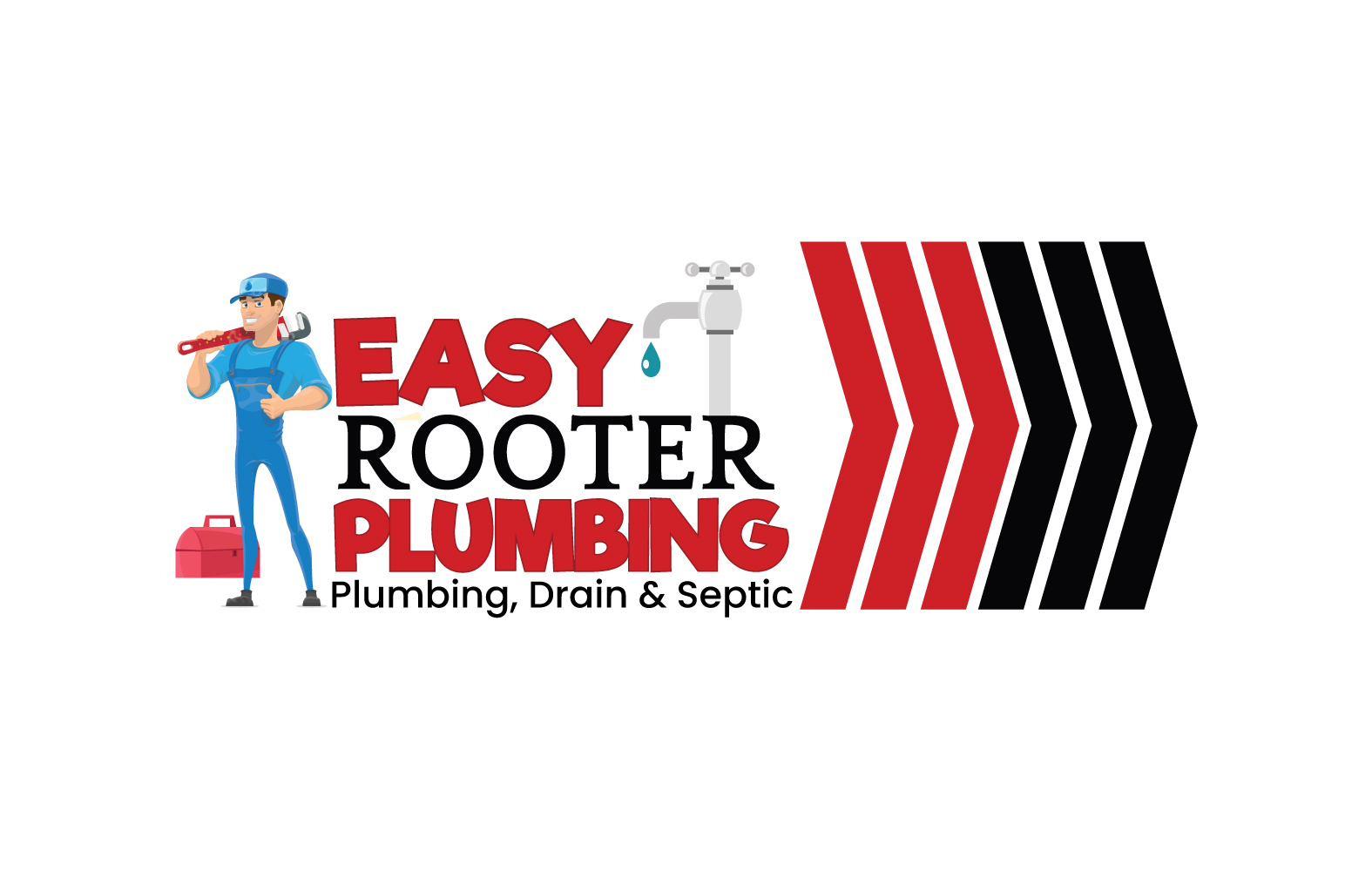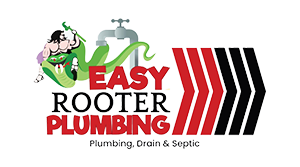MODERN SEPTIC TANKS: MATERIALS, TYPES, AND ACCESSORIES

While septic tanks used to be made out of all sorts of materials (sometimes even wood), today’s tanks are typically made of proven high-performance materials. Whether you last owned a septic system decades ago or whether this is your first time owning a septic system, you’ll want to learn about septic tanks before you make an offer on a rural home.
Although it’s only one component of the septic system, the tank is a very important component and one that requires maintenance, such as pumping from experienced plumbers in Reno.
Tank Materials
The body of a modern septic tank is typically made of a material designed to hold up well to damaging forces. The hydrogen sulfide gases created by the effluent in the tank, the pressures on the tank from being underground (both gravity and hydrostatic pressure), and similar forces can cause damage to tank materials. Concrete, fiberglass, and plastic are commonly used.
Concrete
Concrete is sturdy, and it’s still used for some septic tanks today. However, although concrete is a relatively affordable tank material, it’s not considered the longest-lasting modern septic tank material due to two downsides. One is that concrete can easily crack due to settling, earthquakes, and pressure from above. The second is erosion from sewage gases.
The concrete of a septic tank can have become corroded by a buildup of the hydrogen sulfide gases that sewage gives off. The gas can turn into an acid, which eats into the concrete. The lid, baffles, and body of the tank can erode slowly over time, which can eventually lead to a danger of collapse.
Fiberglass
Fiberglass material is relatively invulnerable to acid attacks, which means it can avoid any of the erosion that concrete could be susceptible to. Fiberglass tanks are also less likely to settle and crack. However, these tanks are lighter than concrete and thus need to be anchored to prevent floating when the ground becomes saturated.
Plastic
Plastic is the third most common modern septic tank material. Although plastic is often considered damaging to the environment because it takes forever to break down, that same aspect can be a lifesaver in this application. Plastic’s lack of biodegradability means that even when in contact with decomposing sewage, the plastic tank can remain in service for a long time.
Types
The type of septic tank installed may depend partially on the characteristics of your home’s situation. For instance, if the septic leach field is uphill from the tank or includes a septic mound, your tank may include a pump compartment. Here are the typical styles of septic tanks you’ll find on the market and in your backyard.
One Compartment
A one-compartment tank is a basic style that’s been used for decades. It operates by letting wastewater settle in the tank, then allowing only the middle, liquid layer to head to the leach field (after solids have settled to the bottom or top layer).
Two Compartment
A two-compartment tank is like a basic tank but with an extra chamber, intended to improve performance. Some localities (such as Washington State) dictate that new tanks have to have at least two chambers. This is because the double processing feature can enhance wastewater quality.
Three Compartment
Some septic tanks may have two chambers for wastewater processing and a third to house a pump (or may include a separate pump tank). Others may simply have three chambers for processing, in order to increase processing effectiveness still further.
Additional Components
In addition to the body of the tank, any functional septic tank is fitted out with a tank lid and baffles or tees, and ought to have a riser, screen, and baffle filter as well.
Baffle Components
A baffle or sanitary tee is designed to sit at the inlet or outlet of the septic tank to direct and control wastewater flow. Concrete baffles are shaped like a partial wall in front of the inlet and outlet, whereas sanitary tees are made of plastic piping with a 90-degree bend. Plastic tees are preferable in a modern tank; however, both designs have similar functions.
For instance, at the inlet, the tee or baffle directs wastewater downwards, facilitating wastewater processing in the tank. At the outlet, the tee or baffle keeps floating solids out of the outlet pipe. One additional component that can enhance outlet baffle function is a baffle filter or effluent screen, to exclude solids from the outlet pipe.
Tank Access Components
The access opening to each tank compartment is covered by a lid, which in older septic tanks may be buried and difficult to access. Modern products to improve access and safety include risers to bring tank access to the surface, childproof riser lids, and safety screens that fit inside the riser.
As you can see, a modern septic tank’s shape, composition, and appurtenances can vary from one tank to the next. Your system’s needs may vary based on which type of tank you have and how well outfitted it is.
For more information on how to care for a modern septic tank and system, get in touch with a local septic and plumbing expert such as Easy Rooter Plumbing. We can help with not only septic pumping but also inspections, maintenance, and even trenchless repair for underground lines connected to your septic tank.


